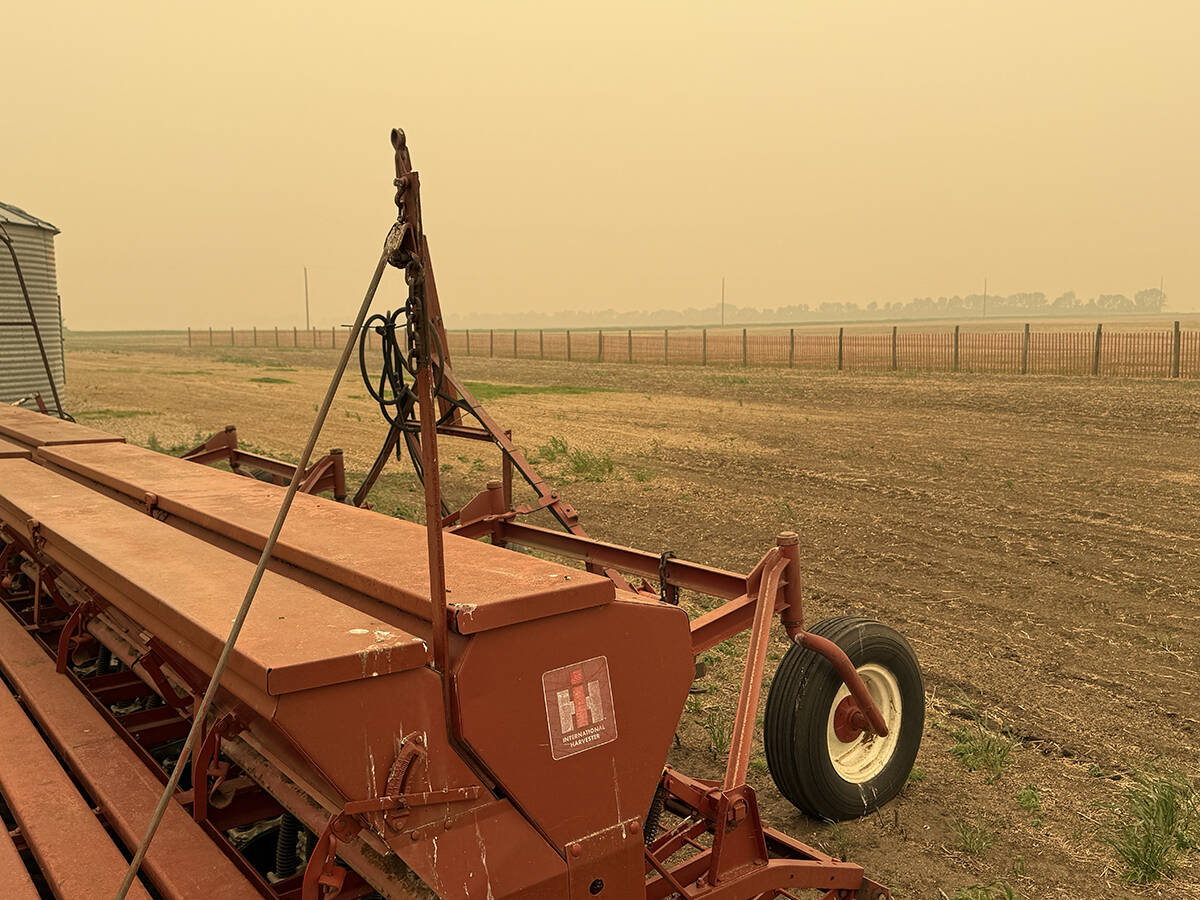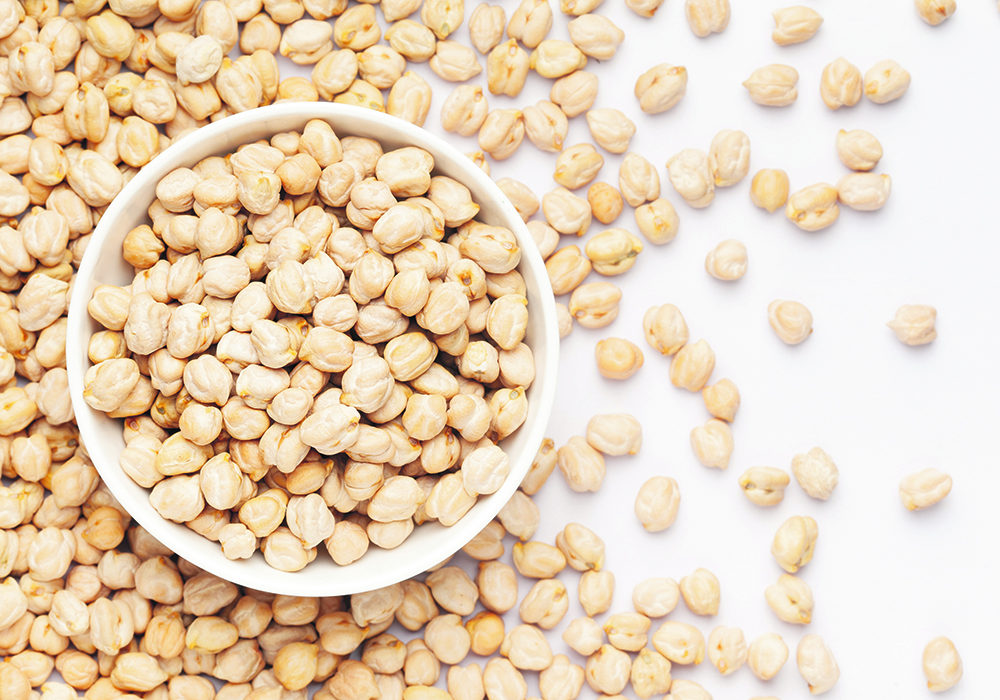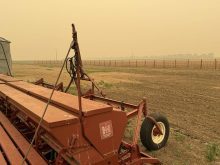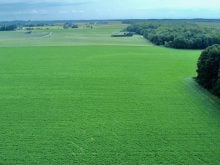Kabuli chickpea buyers may be scrambling to secure supplies this year.
“If you do the math, we’re probably a little short of (kabuli) chickpeas in the world and probably as the year goes on the price should get firmer,” said Colin Young, manager of Midwest Investments, a chickpea cleaner in Moose Jaw, Sask.
In the short-term, he anticipates a sideways market because there are enough stocks in Russia and Turkey to meet most of the global demand heading into winter.
Read Also

Wildfires have unexpected upside this year
One farmer feels smoke from nearby wildfires shrouded the July skies and protected his crop from the sun’s burning rays, resulting in more seeds per pod and more pods per plant.
Russia usually establishes the floor price in the kabuli market because it tends to produce small calibre, low quality chickpeas. Turkey and Argentina also tend to sell cheaper chickpeas.
Canada, the United States and Mexico sell higher-priced product. Mexico sets the price ceiling with its large calibre, top-notch quality.
“They tend to just inherently get a bigger premium because they tend to be selling Cadillacs, while we’re selling Hyundais,” said Young.
Rayglen Commodities Inc. reports that Mexican chickpea prices have been rising, indicating there are supply concerns in that country.
It also says Argentina’s crop is in trouble, with early reports suggesting drought has affected both yields and size.
Most of the world’s kabuli crops are harvested in the August through November period, apart from Indian and Mexico, where harvest starts in February.
Young hasn’t heard any reports of potential problems with the Mexican crop and harvest is still far off in that country, but he has heard of issues in Argentina where acres and yields are down.
Agriculture Canada is forecasting 157,000 tonnes of Canadian production. Young believes it will be lower because his acreage number is smaller.
“I have the crop pegged closer to 120,000 tonnes,” he said.
The difference won’t really matter in terms of the global supply chain.
Agriculture Canada is forecasting 95,000 tonnes of carry-in, the lowest level since 2018.
Young said Canada’s situation reflects the world situation, which has the lowest global carryover and production in four years.
“The numbers say we are incredibly tight on global chickpea supply,” he said.
Canadian kabuli bids were in the 46 to 50 cents per pound range as of Oct. 4, which is in the top 10 percentile for the crop.
Young thinks they will climb higher in the new year, but if they stay where they are, it will still result in “handsome” returns for growers.
“I don’t feel like the market is going to spiral up to unheard of levels, but I think it’s going to be firm,” he said.
One wildcard will be World Food Program tenders. At times it will purchase 10,000 tonnes of kabulis and award half of that tender to Canada, which could provide a price bump.
Another is how Russia’s kabulis will be sold. They sometimes move to India as a substitute for desi chickpeas and therefore are not available in kabuli markets. Young doubts that will happen this year because India had a good desi harvest.
Contact sean.pratt@producer.com
















